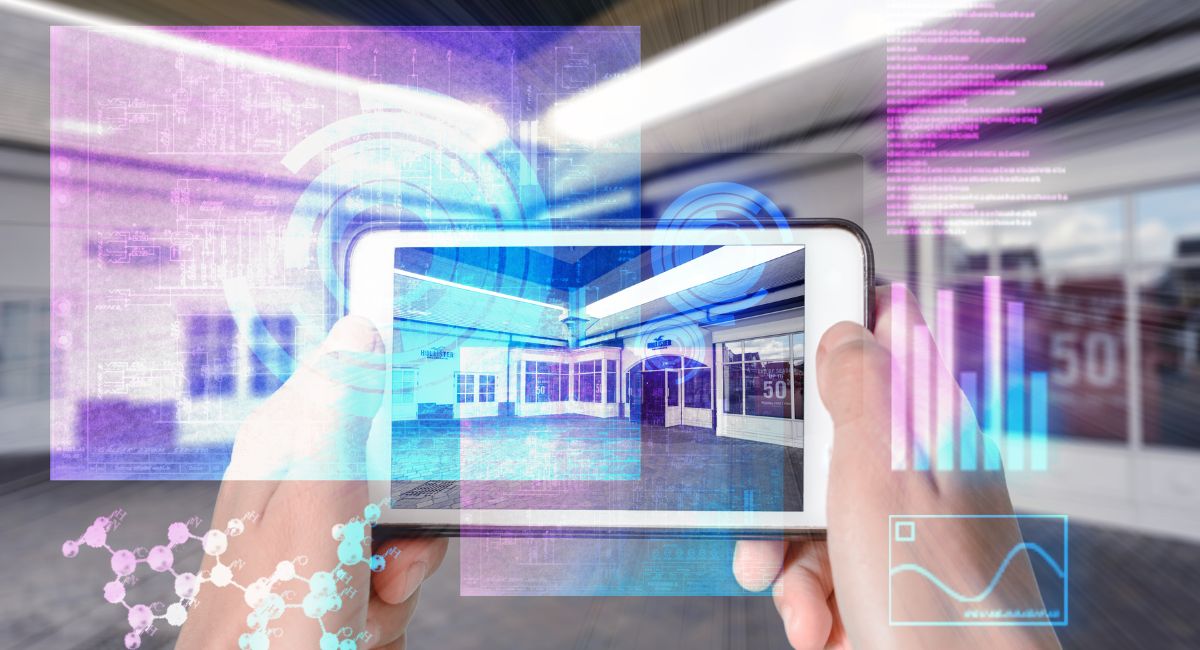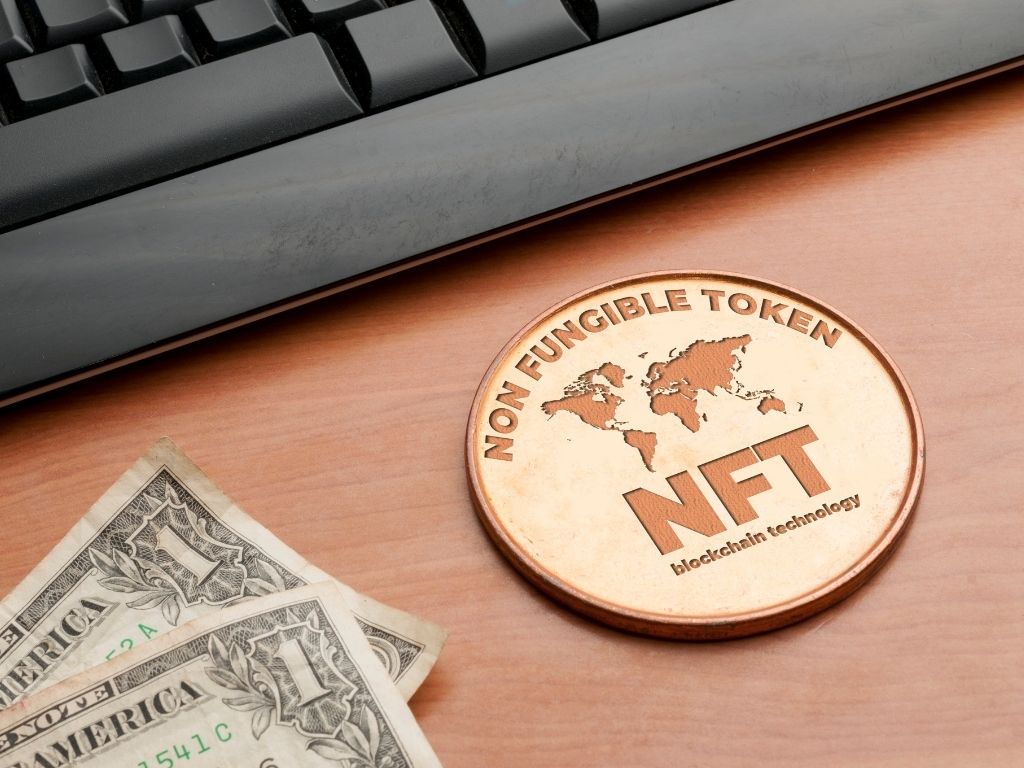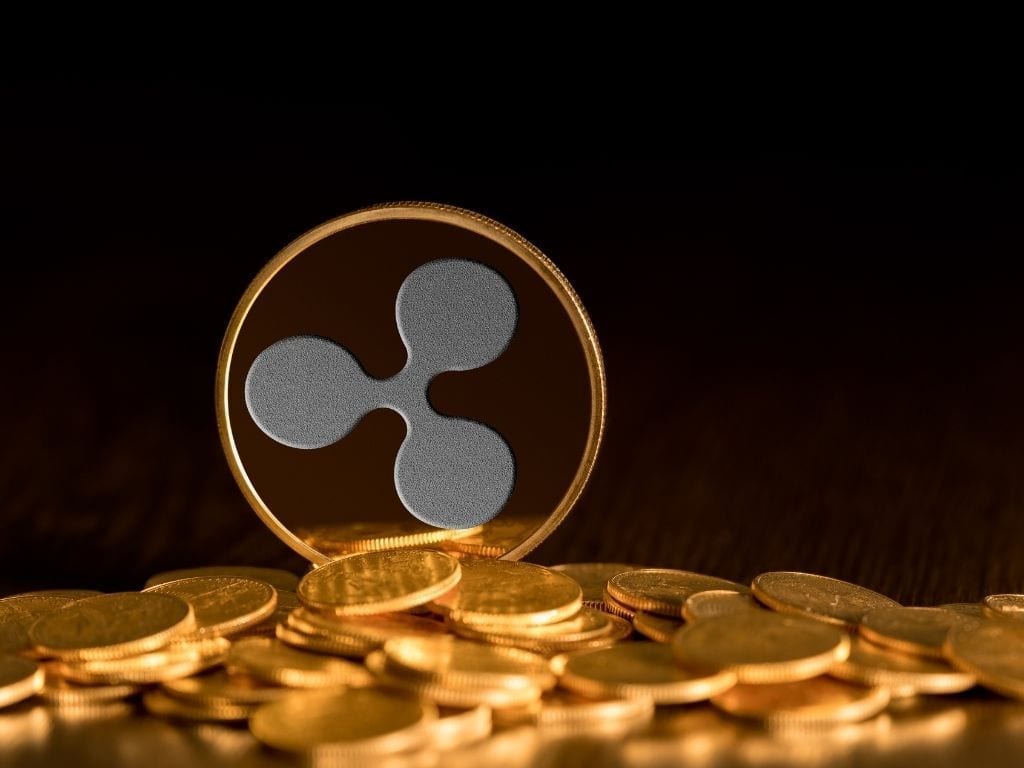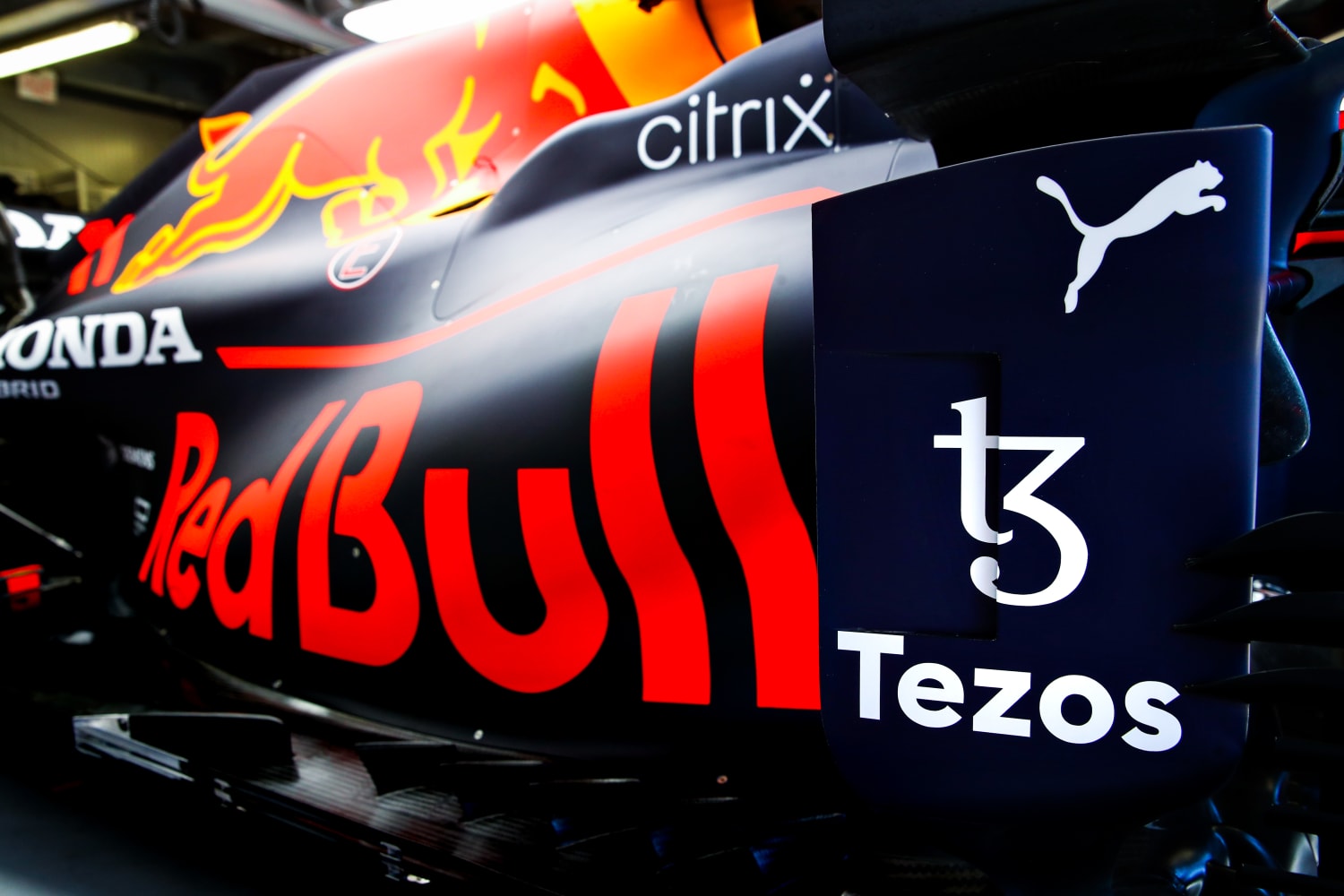The Intersection Of NFTs And AR (Augmented Reality): Innovations And Possibilities
Non-fungible tokens (NFTs) have taken the world by storm in recent years, providing a new avenue for artists and creators to monetize their digital works. With the rise of augmented reality (AR) technology, there is a growing intersection between NFTs and AR, providing new opportunities for digital asset creation and experiences. In this article, we will explore the possibilities and innovations at the intersection of NFTs and AR, including how they can enhance the way we interact with digital content.
What is Augmented Reality?
Augmented reality (AR) is an interactive technology that overlays virtual objects onto the real world through the use of a device’s camera and sensors. Unlike virtual reality (VR), which immerses users in a fully digital environment, AR blends the digital and physical worlds to create a new, enhanced reality.
What are NFTs?
Non-fungible tokens (NFTs) are unique digital assets that are stored on a blockchain. They can represent a wide range of digital works, including art, music, videos, and more. Unlike cryptocurrencies, which are interchangeable, NFTs are one-of-a-kind and cannot be replicated or exchanged for other tokens.
How are NFTs and AR intersecting?
The intersection of NFTs and AR is providing new opportunities for creators to enhance their digital works and offer new experiences to consumers. One example is the use of NFTs as markers for AR content. By scanning an NFT with an AR-enabled device, users can unlock a unique experience, such as a 3D animation or interactive game.
- NFTs and AR in the Art World In the art world, NFTs and AR are being used to create new forms of digital art that blur the line between the physical and digital worlds. For example, artists can create NFTs that serve as markers for AR experiences that are only accessible to the owner of the NFT. This provides a new level of exclusivity and interactivity for collectors.
- NFTs and AR in Advertising and Marketing AR and NFTs are also providing new opportunities for brands to engage with their audiences. Brands can create NFTs that serve as markers for AR experiences, providing users with a new level of interactivity and engagement with the brand. This can lead to increased brand awareness and customer loyalty.
- NFTs and AR in Gaming Gaming is another area where the intersection of NFTs and AR is providing new opportunities. By creating NFTs that serve as markers for AR content, game developers can create new levels of interactivity and engagement for users. This can also lead to new revenue streams, such as the sale of in-game NFTs.
We begin by owning an AR (Augmented Reality) Land NFT & start to enjoy treasure hunts through F2E features with geolocation & blockchain technology, immerse ourselves in a world of exciting AR experiences from art to entertainment, & can potentially earn tokens and NFTs!! (2/4) pic.twitter.com/Tw1Y5wzxf9
— Danny Newbie | DIMENSIONALS (@dannyyu3181) April 17, 2023
Challenges and Risks of Intersection of NFTs and AR
The intersection of NFTs and AR provides exciting new possibilities, there are also challenges and risks to consider. One challenge is the potential for copyright infringement, as NFTs and AR content can easily be copied and shared. There are also concerns around privacy and data protection, as AR devices collect and use personal information.
- Technical Challenges: One of the most significant challenges of the intersection of NFTs and augmented reality is the technical complexity involved in integrating these two technologies seamlessly. This involves developing robust software that can support the integration of NFTs with AR in a way that is user-friendly, efficient, and secure.
- Limited Adoption: Another risk associated with the intersection of NFTs and AR is the limited adoption of AR technology in the mainstream market. Although AR has been gaining traction in recent years, it is still not as widely used as other technologies. This could limit the potential audience for NFTs that are compatible with AR, reducing their value and demand.
- Increased Competition: With the intersection of NFTs and AR, we can expect to see increased competition in the digital art and collectibles space. This could make it more challenging for individual creators and artists to stand out in a crowded market.
- Intellectual Property Issues: NFTs are already facing challenges with intellectual property issues, and the intersection of NFTs and AR could amplify these concerns. With AR, it becomes easier for individuals to reproduce, manipulate, or modify digital assets, leading to potential copyright and ownership disputes.
- Regulatory Risks: The regulation of NFTs and AR is still in its early stages, and there are concerns that these technologies could be subject to strict regulations in the future. This could limit the potential for innovation and development in this space.
- Lack of Interoperability: The lack of interoperability between different NFT and AR platforms could be a significant challenge for the adoption and growth of these technologies. If NFTs and AR technologies cannot be integrated seamlessly, it could limit the potential for growth in this space.
- Security Risks: NFTs and AR technologies are vulnerable to security risks, including hacking, data breaches, and identity theft. These risks could lead to financial losses, reputational damage, and other negative consequences.
- High Entry Barriers: The high entry barriers associated with the creation of NFTs and AR experiences could limit the number of creators and artists who can participate in this space. This could lead to limited diversity and creativity in the market.
- Limited Scalability: NFTs and AR experiences may be limited in their scalability, particularly when it comes to providing high-quality user experiences. This could limit the potential for growth and adoption in this space.
- Limited Utility: Although NFTs and AR technologies offer exciting possibilities for the digital art and collectibles space, there are concerns that they may have limited utility in other areas. This could limit the potential for widespread adoption and use of these technologies beyond the art and collectibles space.
Also, read – Top 5 Types Of Metaverse Advertising That Brands Should Learn
What is the future of Intersection of NFTs and Augmented Reality?
With advancements in AR technology, we may also see new and exciting ways for consumers to interact with NFTs, such as virtual reality experiences that allow them to explore and interact with digital assets in a more immersive way.
However, as I outlined in the previous answer, there are also risks and challenges associated with the intersection of NFTs and augmented reality. Overcoming these challenges will be critical to the widespread adoption and success of these technologies.
Overall, the future of the intersection of NFTs and augmented reality will depend on the ability of creators, artists, and developers to continue pushing the boundaries of what is possible with these technologies, while also addressing the risks and challenges associated with their use.
Conclusion:
The intersection of NFTs and augmented reality is an exciting area of innovation and possibilities. The combination of NFTs and AR technology opens up a wide range of opportunities for creators, artists, and investors in the digital space. With AR, NFTs can be experienced in new and engaging ways, making them more interactive and valuable to users. The potential for creating immersive and interactive digital experiences is endless, and we can expect to see more innovation in this space in the coming years.
As the technology and adoption of AR continue to advance, we can also expect to see an increase in the value and demand for NFTs that are compatible with AR. The integration of these two technologies has the potential to revolutionize the way we experience and interact with digital art and collectibles.
In summary, the combination of NFTs and augmented reality represents a significant opportunity for digital creators and investors. The innovations and possibilities in this space are endless, and we can expect to see more exciting developments in the near future. It is an exciting time for the digital art and collectibles space, and the integration of AR technology and NFTs is just the beginning of what is to come.
Stay informed with daily updates from Blockchain Magazine on Google News. Click here to follow us and mark as favorite: [Blockchain Magazine on Google News].
Get Blockchain Insights In Inbox
Stay ahead of the curve with expert analysis and market updates.
latest from tech
Disclaimer: Any post shared by a third-party agency are sponsored and Blockchain Magazine has no views on any such posts. The views and opinions expressed in this post are those of the clients and do not necessarily reflect the official policy or position of Blockchain Magazine. The information provided in this post is for informational purposes only and should not be considered as financial, investment, or professional advice. Blockchain Magazine does not endorse or promote any specific products, services, or companies mentioned in this posts. Readers are encouraged to conduct their own research and consult with a qualified professional before making any financial decisions. The featured image used is just a creative depiction of the title and it does not intend to hurt sentiments of any person or institution. If it hurts anyone sentiments, please do not hesitate to reach out to Blockchain Magazine.

 Bitcoin
Bitcoin  Ethereum
Ethereum  XRP
XRP  Tether
Tether  Solana
Solana  Dogecoin
Dogecoin  USDC
USDC  Cardano
Cardano  Lido Staked Ether
Lido Staked Ether  TRON
TRON  Chainlink
Chainlink  Avalanche
Avalanche  Sui
Sui  Wrapped stETH
Wrapped stETH  Wrapped Bitcoin
Wrapped Bitcoin  Toncoin
Toncoin  Stellar
Stellar  Hedera
Hedera  Shiba Inu
Shiba Inu  Polkadot
Polkadot  WETH
WETH  LEO Token
LEO Token  Litecoin
Litecoin  Bitcoin Cash
Bitcoin Cash  Bitget Token
Bitget Token  Hyperliquid
Hyperliquid  Official Trump
Official Trump  Uniswap
Uniswap  USDS
USDS  Wrapped eETH
Wrapped eETH  Pepe
Pepe  NEAR Protocol
NEAR Protocol  Ethena USDe
Ethena USDe  Aave
Aave  Aptos
Aptos  Internet Computer
Internet Computer  Ondo
Ondo  WhiteBIT Coin
WhiteBIT Coin  Monero
Monero  Ethereum Classic
Ethereum Classic  Cronos
Cronos  Mantle
Mantle  POL (ex-MATIC)
POL (ex-MATIC)  Render
Render  Dai
Dai  MANTRA
MANTRA  Algorand
Algorand  OKB
OKB 




